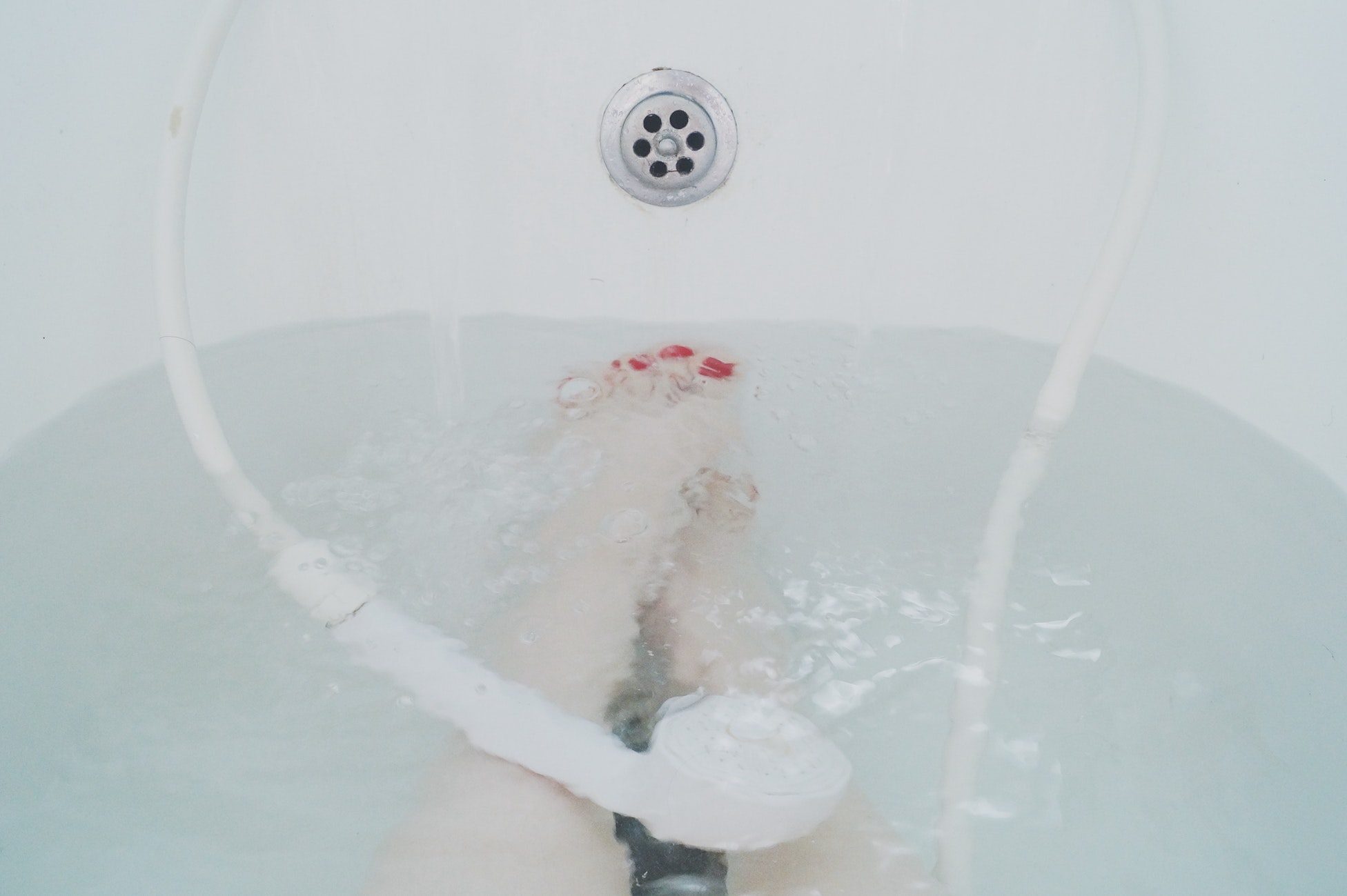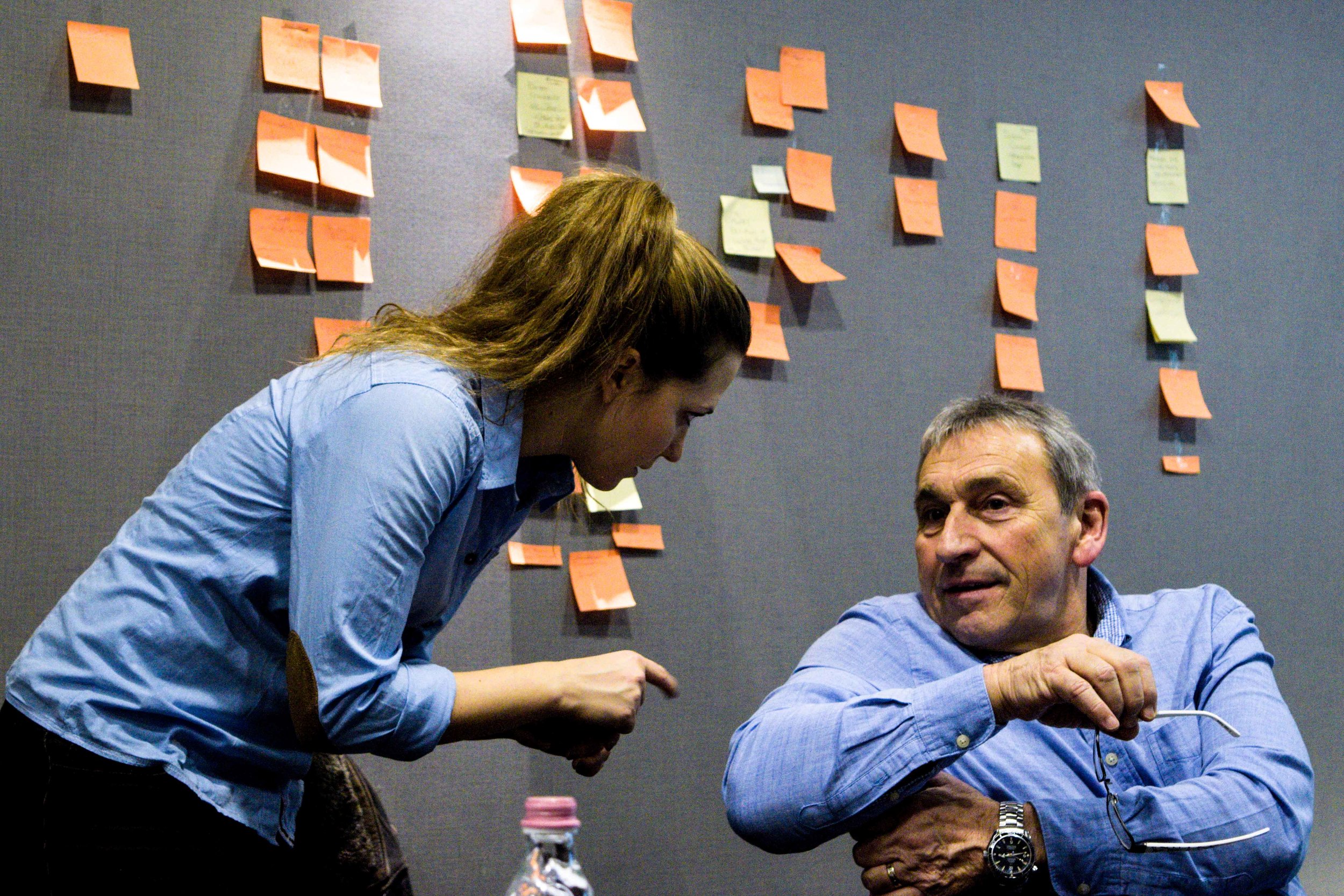It’s worth remembering that it’s not just toxins that should be kept away from the shower drain. Other things should also be avoided as they can clog your pipes. Listed below are some chemicals and other items you should never put down the drain:
Microbeads
More and more European countries are banning microbeads, the minute pieces of plastic that are found in hygiene products such as body scrubs. When you’re using these products in the shower, they go down the drain and can pollute the environment. Lots of microbeads have a large surface area that collects toxins and pollutants. When they enter large bodies of water, they can be consumed by marine animals. When consumed by fish, these microbeads can work their way up the food chain, even getting consumed by people. To avoid microbeads, avoid hygiene and beauty products that contain ingredients as polyethylene, polypropylene, polyethylene terephthalate, polymethyl methacrylate, and nylon.
Chemical drain cleaners
If you’re using chemical shower drain cleaners, these are dangerous for your pipes and the environment. Chemical drain cleaners contain ingredients like sulfuric acid and caustic soda which are corrosive and can damage metal pipes. They’re also bad for the environment as these chemicals can enter bodies of water where they poison fish as well as other wildlife. Coming into contact with these chemicals, such as by breathing in their fumes, can be dangerous to your health. They can irritate the skin, eyes, or cause more dangerous illnesses such as cancer. You don’t need chemicals to clean your shower drains. Use eco-friendly methods instead, such as baking soda and vinegar.
Coffee granules
How do coffee granules enter in your shower? Easy – they’re becoming a popular, eco-friendly DIY ingredient for many skincare products, such as exfoliating scrubs. Natural and organic products in Scandinavia are becoming more popular because they avoid the use of chemicals that can harm the planet. Although coffee granules aren’t bad for the environment, they can be bad for your pipes. When they mix with oils in your pipes, they can stick together and clog them up. Worst of all, to get rid of the clogged pipes, you might use chemical drain cleaners. These don’t help to break down the coffee grounds, though. The result is you’ll be putting harmful chemicals into your pipes that can get into the environment.



































































